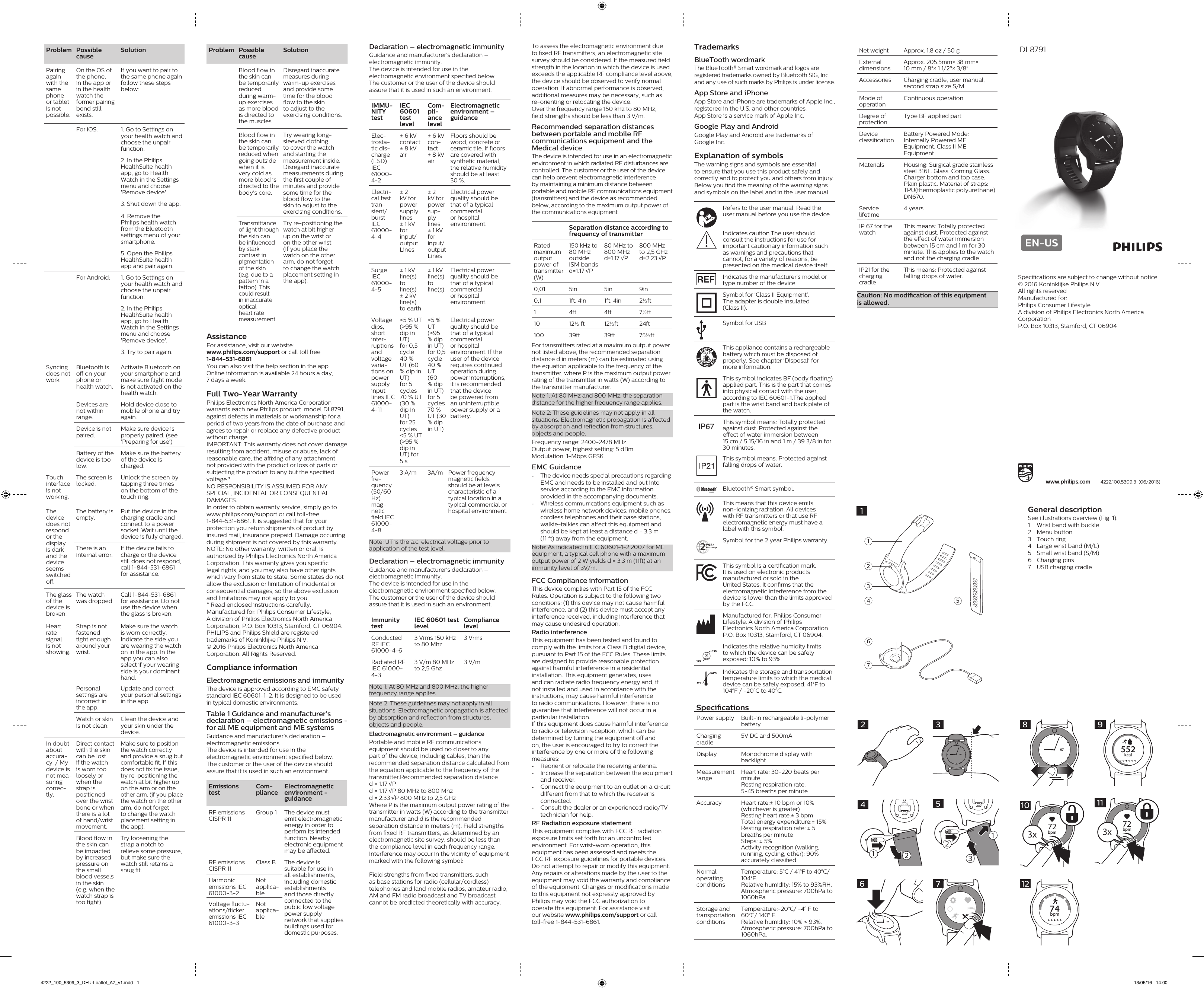Philips Consumer Lifestyle DL8791 Philips Health Watch User Manual 4222 100 5309 3 DFU Leaflet A7 v1 indd
Philips Consumer Lifestyle Philips Health Watch 4222 100 5309 3 DFU Leaflet A7 v1 indd
Contents
- 1. User Manual Part 01
- 2. User Manual Part 02
User Manual Part 01
